What is Most Important When Developing Easytouse Products
So you've had an idea for a product or been given the specification. The idea has been proven, prototyped and tested and it's ready to go into final product design phases. There are so many different aspects of product design, so many different nuances to be aware of. To help you on your way, we've put together a list of 7 important factors to be aware of when designing a product. The aesthetics of the product are the most obvious part of the design process and it's ultimately the first thing that customers (and co-workers and clients) will notice about the way the product has been designed. Before people look at the specifications of the product, the way it feels to use or the way it performs its task, they will notice how it looks. This is quite often the deciding factor in a purchase. Stay up to date with design trends in your industry, as well as other industries. Understanding what customers want their products to look like is an important consideration. Focus on previous products from the company, the brand style and ethos of the business. If Fiat's new Punto looked like a Ferrari, despite great aesthetics, it would be off brand, lost its utilitarian nature and not have the engine to back it up. Nothing will put a customer off faster than when it's clear to a company that "form" is more important than "function"… This is where it's important to put "function" first. Customers are very quick to forget about the beautiful aesthetic of a product if the product is painful and irritating to use. Ensure that the product is as comfortable and as intuitive to use as possible. You want the product to be as enjoyable to use for as long as possible. If ergonomics come at the cost of some aesthetics, it's better to have a comfortable, easy to use but less than perfect looking product than one that looks amazing but is horrible to use. One of the more obvious considerations for product design is the material or materials that the product is made from. This is where specific analysis of the products use, expected life and environment are necessary to ensure its survival. Pay attention to the material of everything, from the 'shell' of the product, down to the materials of the hardware such as screws, nuts and bolts. Hardware of the incorrect spec can cause a product to fail years before the product's expected lifecycle. Additionally, ensure that mixed materials – either used in the product or ones that the product is like to come in contact with – are compatible. Materials such as steel and aluminium, when used together, can cause galvanic corrosion and corrode prematurely. Certain plastics and rubbers will be degraded quickly in oily and greasy environments. Ensure that you thoroughly research the materials and their weaknesses before use. It's easy to believe that in today's modern age, we're able to manufacture anything that we want to manufacture. However, that's not strictly the case. For instance, CNC machining cannot tackle every shape and size, specifically when it comes to undercuts. Similarly, casting processes need the product to be easily removed from the mould, this makes casting complex 'overhangs' difficult. Whilst it's not impossible to manufacture complicated shapes and products, often the product needs to be split up into smaller pieces that can be cast or machines and assembled afterward. Splitting up a product into smaller pieces is a tactic employed by many product manufacturers, even car makers. The idea is to produce one singular part of the product that can be applied to other ranges of products. For instance, Ford manufacture the Focus car with the standard engine but the design is modular so that they can simply use a more powerful engine for their Ford ST range of vehicles. This ensures a wide range of vehicles on offer, without a completely different set of parts for each and every vehicle. Design the product with modularity in mind. Manufacturing future units and upgrades becomes simpler and in addition, repairing products becomes as simple as replacing the 'module' that is broken. An important part of product design is to ensure that the chosen materials and components are easy to find and in good supply. There have been many businesses that have been forced to close their doors as the components for their top product begin to become rarer and rarer. This doesn't necessarily have to be electronic components, materials themselves can become hard to get hold of, banned or their use becomes condemned by the general public. Ensure that products and materials are in good supply, well established and have numerous, easy to switch to alternatives. Does the product need to be protected from the environment, or the environment it creates? Products used in industrial settings are usually IP (Ingress Protection) rated to prevent them from failing quickly due to water and dust. Power tools must be resistant to dust and particles, some may even need to be water resistant. Will your product be outdoors for long periods of time? Ensure that electronics are well sealed and that corrosive parts have a quality finish to prevent degradation. Ensure that your product has the necessary protection from the environment and its usage to maintain its prolonged use. Packaging and assembly is, next to product aesthetics, one of the first things a customer encounters when they deal with your product. You need to pay careful attention to the 'unboxing experience'. Does it need to convey utility or luxury? Does the customer need to assemble the product themselves? Ikea and Lego dominate the market with instructions that are clear to follow regardless of your language. AESTHETICS

ERGONOMICS
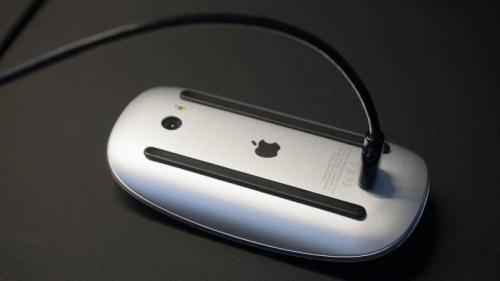
MATERIALS
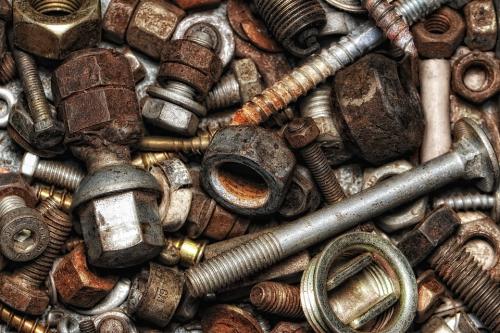

MANUFACTURE
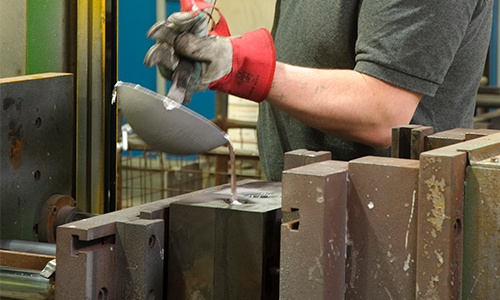
MODULARITY


SUSTAINABILITY
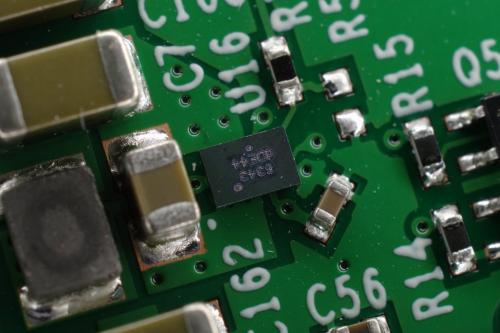
PROTECTION
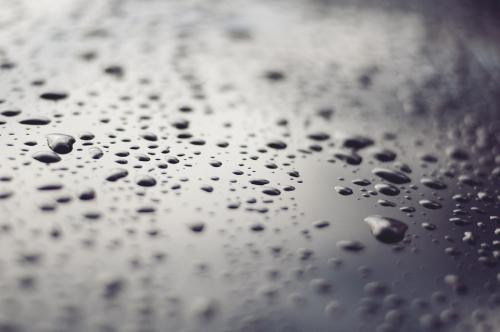
PACKAGING & ASSEMBLY
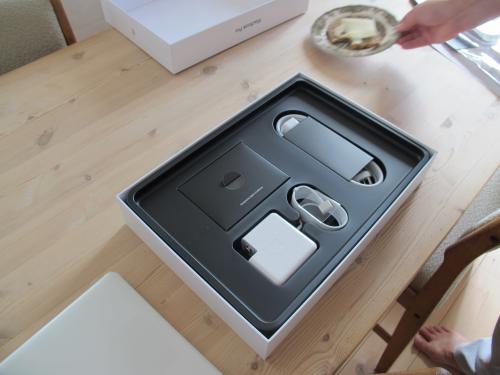

Source: https://blog.mrt-castings.co.uk/blog/7-things-to-consider-when-designing-your-product
0 Response to "What is Most Important When Developing Easytouse Products"
Post a Comment